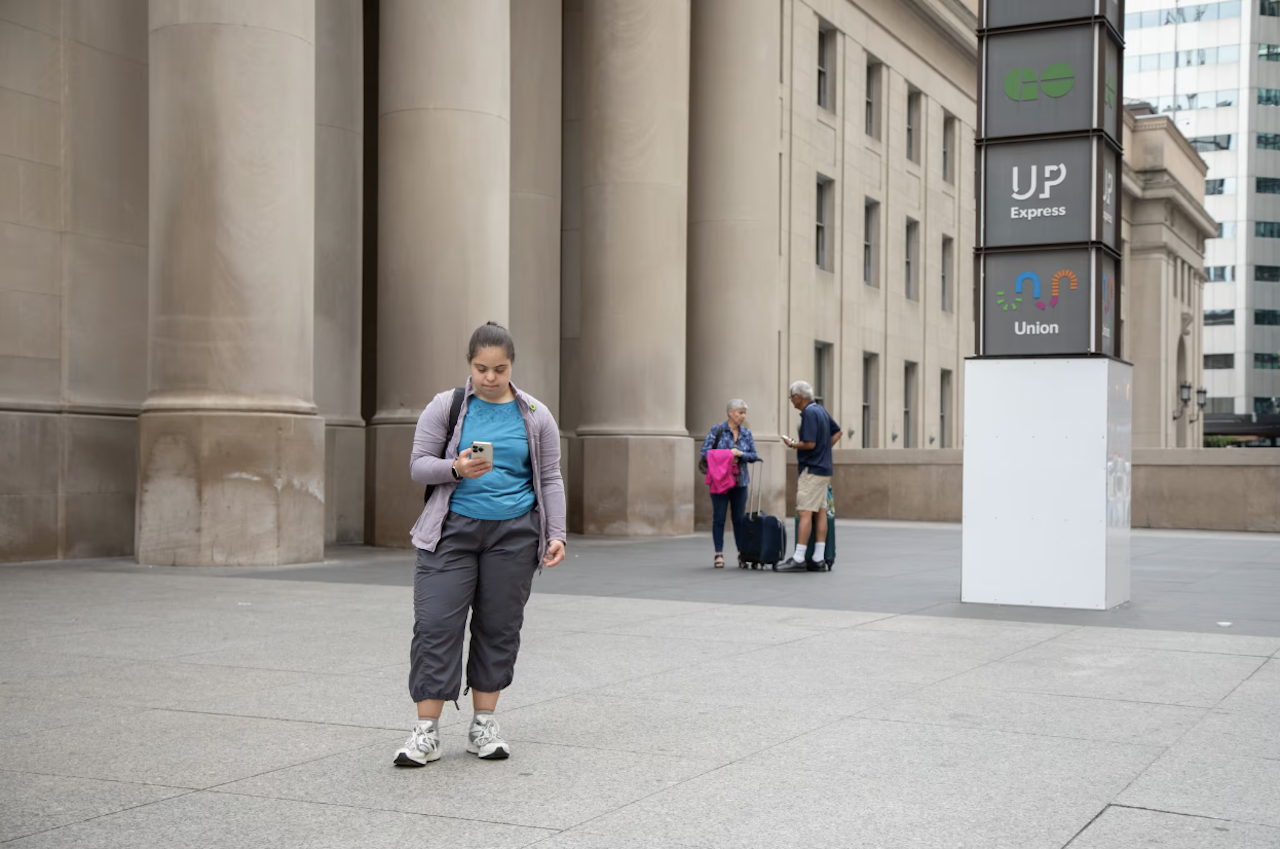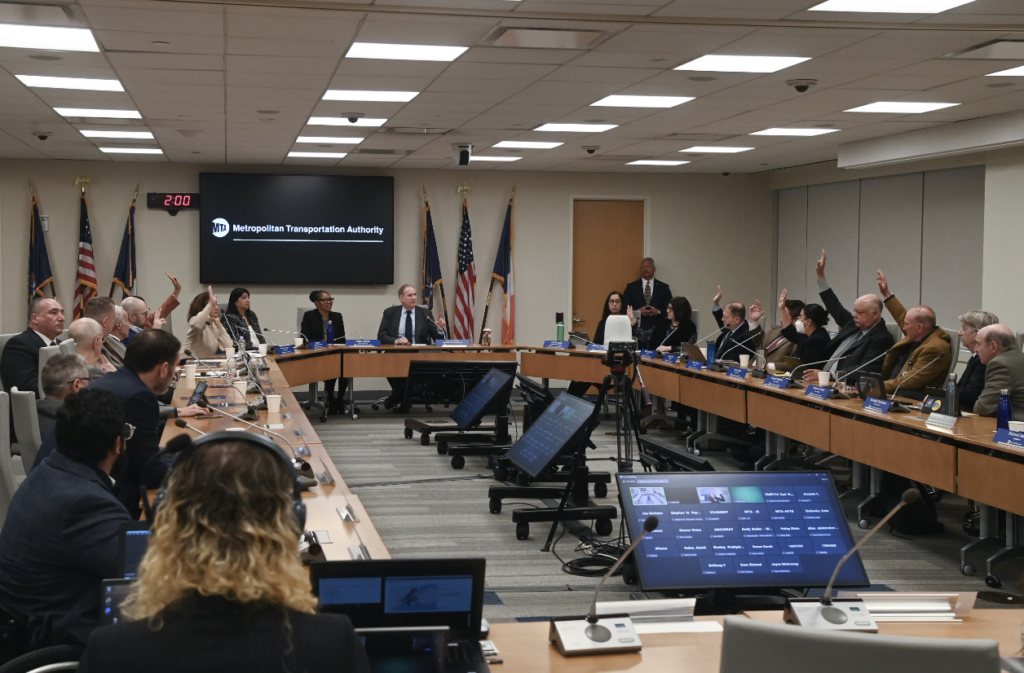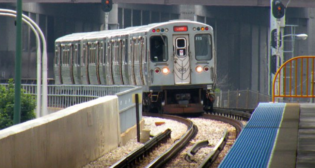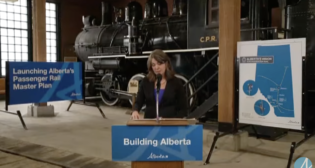
Transit Briefs: Metrolinx, STM, NYMTA, SEPTA
Written by Carolina Worrell, Senior Editor
Metrolinx photo
Metrolinx partners with MagnusCards. Also, the Société de transport de Montréal (STM) releases its 2024 budget; the New York Metropolitan Transportation Authority (MTA) Board votes to begin the public review process for the Central Business District Tolling rate schedule; and the Southeastern Pennsylvania Transportation Authority (SEPTA) launches a new, user-friendly website.
Metrolinx
Metrolinx announced Dec. 6 that it is partnering with MagnusCards to offer step-by-step digital guides that help autistic and neurodiverse individuals navigate PRESTO, UP Express, and the GO Transit network.
Since Wednesday, there are 22 Metrolinx digital card decks—or guides—available on the MagnusCard app, covering topics such as traveling on transit, using a PRESTO card, ticket purchasing, checking schedules and trip planning.
MagnusCards, Metrolinx says, were designed to “help remove barriers that affect an individual’s ability to thrive in the world and to help make experiences at home and in the community easier to navigate independently.”
Through visual cues, audio and text-based instructions, these step-by-step guides, Metrolinx says, “help users familiarize themselves with everyday activities to encourage and build confidence and comfort at participating in the community and developing life skills.”
The app is free to download in the Apple App Store or Google Play Store.
The Metrolinx, GO Transit, UP Express and PRESTO MagnusCards are located within the travel category of the MagnusCards App.
STM
Following confirmation of its compensation from the Autorité régionale de transport métropolitain (ARTM), STM on Dec. 6 tabled its final budget for 2024, which includes $85.6 million in spending reductions, while maintaining its level of service.
These, STM says, “are colossal efforts that will impact the company’s ability to maintain the quality of the overall customer experience. This level of effort cannot be sustained over the next few years, without jeopardizing the company’s ability to maintain its service offering.”
According to STM, the $1.77 billion budget maintains metro and bus service at 2023 levels and increases paratransit service by 29.5% to reach 2019 levels, despite funding challenges.
“The STM is committed to finding potential savings but cannot single-handedly resolve the entire public transit funding problem,” said STM Board of Directors Chair Éric Alan Caldwell. “It is essential that we maintain the level of service and even endeavor to increase it to continue to be an attractive mode of transportation for our current and future customers. It would be unfortunate to break the momentum of the public transit resurgence at such a pivotal point.”
STM says it is set on doing its fair share in a challenging financial context and has made considerable efforts to control its expenditures in recent years.
“In 2022 and 2023, we secured one-time savings of more than $18 million and $52 million, respectively,” said STM CEO Marie-Claude Léonard. “In 2024, we’re moving away from one-time savings and toward recurrent measures, in particular by reducing payroll for non-operations employees and managers and decreasing the budget for goods and services. These measures will have long-term effects, which marks a major turning point for the STM.”
Despite these efforts, STM says it is completing its budget planning exercise for 2024 with a financial risk of $45.95 million. “This amount includes an expenditure optimization target in the form of a risk that we hope to recover of $35.6 million and an amount of $10.3 million for which actions must be identified to maintain service,” the company said. STM is continuing discussions with its partners to find renewed and viable solutions for the 2024 fiscal year and the long term.
Regarding the risk to be recovered of $35.6 million, STM says it intends to:
- “Reduce its payroll by 4% more than the 1% already achieved on positions not related to service delivery: $24 million.
- “Reduce its expenditures for goods and services (e.g., professional and technical services, supplies, leasing): $9 million.
- “Adjust the special operating budget for specific projects: $3 million.”
In addition to the actions currently being taken, STM says it has also committed, for the next five years, to generating a recurring reduction in spending of $100 million, without impacting service to customers. To achieve this, STM says it must be able to rely on sustainable and predictable sources of revenue.
“For public transit to continue offering its expected benefits, despite the challenging financial context, STM must continue upgrading and developing its networks,” the company said. By 2030, 93% of STM infrastructure will be more than 40 years into its useful life. Considering this, the 2024-2033 Capital Expenditures Program amounts to $21.1 billion, up $0.7 billion compared with 2023.
These investments, STM says, make it possible to “optimize the use of existing assets, increase the capability to provide services, improve metro accessibility and sustain the appeal of public transit, without the need to build new equipment.”
NYMTA
The Triborough Bridge and Tunnel Authority (TBTA) Board, which is coterminous with the New York MTA Board, on Dec. 6 voted to begin public review of a tolling structure for Central Business District Tolling, New York’s congestion pricing program.
According to MTA, the public review, to be conducted in accordance with the New York State Administrative Procedure Act (SAPA), will be similar to review processes regularly undertaken when MTA proposes fare and toll modifications. Following a 60-day public comment period where members of the public can offer comments electronically, or via voicemail or U.S. Mail, there will be a series of hybrid virtual and in-person public hearings that will be held on dates and times to be announced.

The subject of the review is the slate of toll proposals that are found as Attachment A on pages 14-16 of the MTA Board’s Dec. 6 meeting agenda. The proposals are informed by, and largely mirror, recommendations issued on Nov. 30 by the Traffic Mobility Review Board.
Hearings are expected to be held in early 2024. After the conclusion of the public hearing process, the MTA Board will review the input received, and then schedule a vote to authorize adoption, as is or with modifications. Toll collection is anticipated to commence in late spring.
While the public review process is under way, MTA says the vendor that is building out the toll system and infrastructure will continue installing the infrastructure that will be used for toll collection. As of today, 60% of the sites are complete.
“Today’s a big day, people have been talking about congestion pricing for generations—going back to the late ‘60s,” said MTA Chair and CEO Janno Lieber. “We have a plan, produced by an incredibly thoughtful TMRB, that achieves our big goals—keeping the toll low, providing big night and weekend discounts and also discounts and exemptions for the folks who really need to drive. Process-wise, we have a ways to go but we have already done 25+ public meetings and hearings, responded to 70,000 comments, so we’re determined to keep moving forward to implementation.”
SEPTA
SEPTA recently announced that it is launching on Thursday, Dec. 7, a new, transit-first, mobile-friendly website.
The redesigned site, which has been in the beta testing phase since August, will feature:
- Interactive tools, including the SEPTA Trip Planner and SEPTA’s Realtime Map.
- Quick access to schedules, alerts and fares.
- Detailed station pages that provide information about ADA accessibility, parking, sales offices and connecting services.
More than 18 months in the making, the initiative, SEPTA says, was an “integral part” of SEPTA Forward, the agency’s strategic plan.
SEPTA CEO and General Manager Leslie S. Richards has prioritized improving the customer experience, which includes the website, since her first day at SEPTA, the agency said.
Over the course of the planning process, SEPTA reviewed other transit agencies’ websites and worked one-on-one with stakeholders, including riders, employees, and advocacy groups, to develop recommendations.
SEPTA also conducted a public survey and used that feedback to help design the new website, including making the site fully functional on mobile devices, considering 70% of traffic to septa.org comes from cell phones.
The website introduces the new terms, letters, numbers and colors as part of SEPTA Metro, which will be rolled out in 2024. SEPTA’s services are organized by Bus, Metro, and Regional Rail for the first time within the navigation.
Riders will also be able to better track SEPTA’s other major initiatives, including Reimagining Regional Rail, Trolley Modernization and Bus Revolution.



